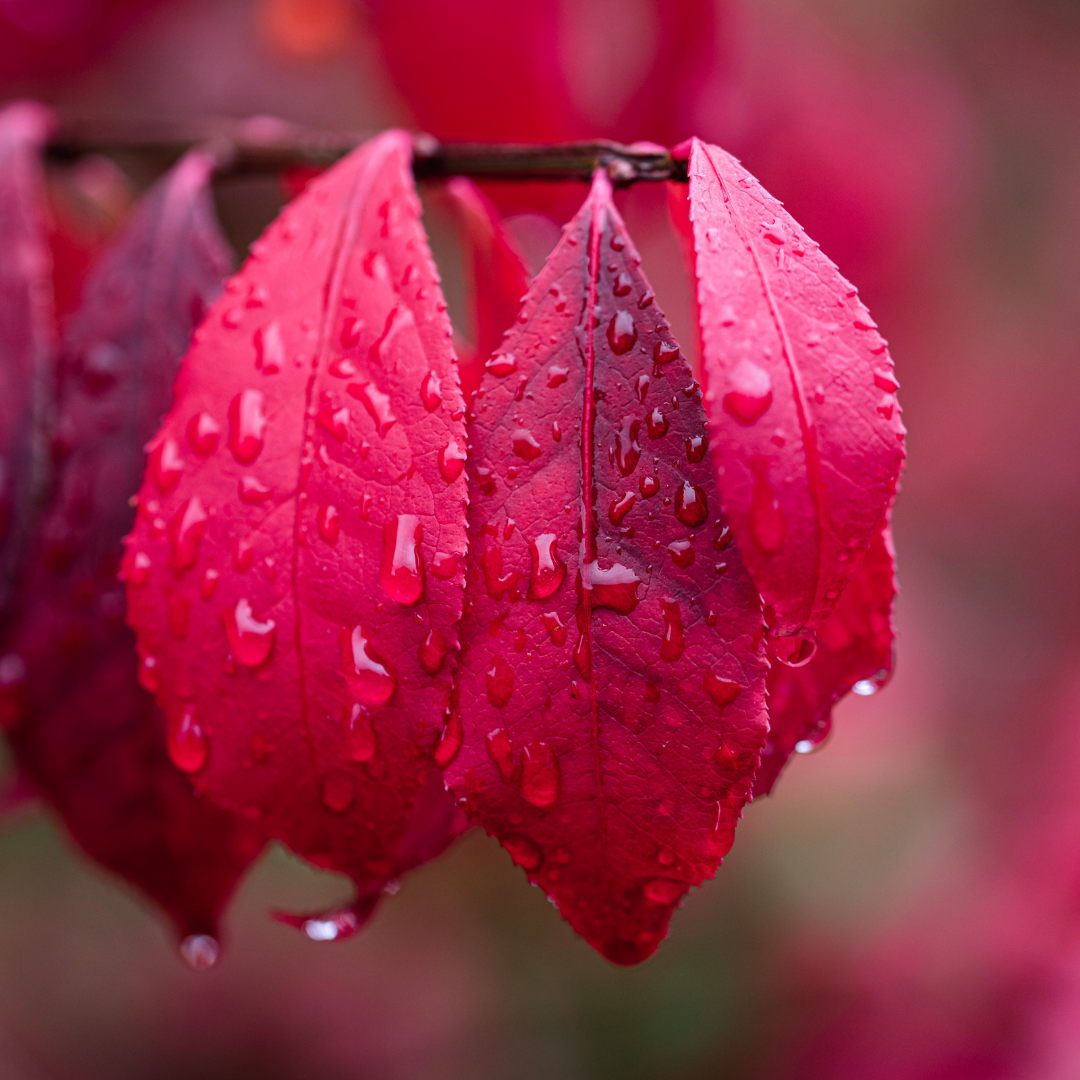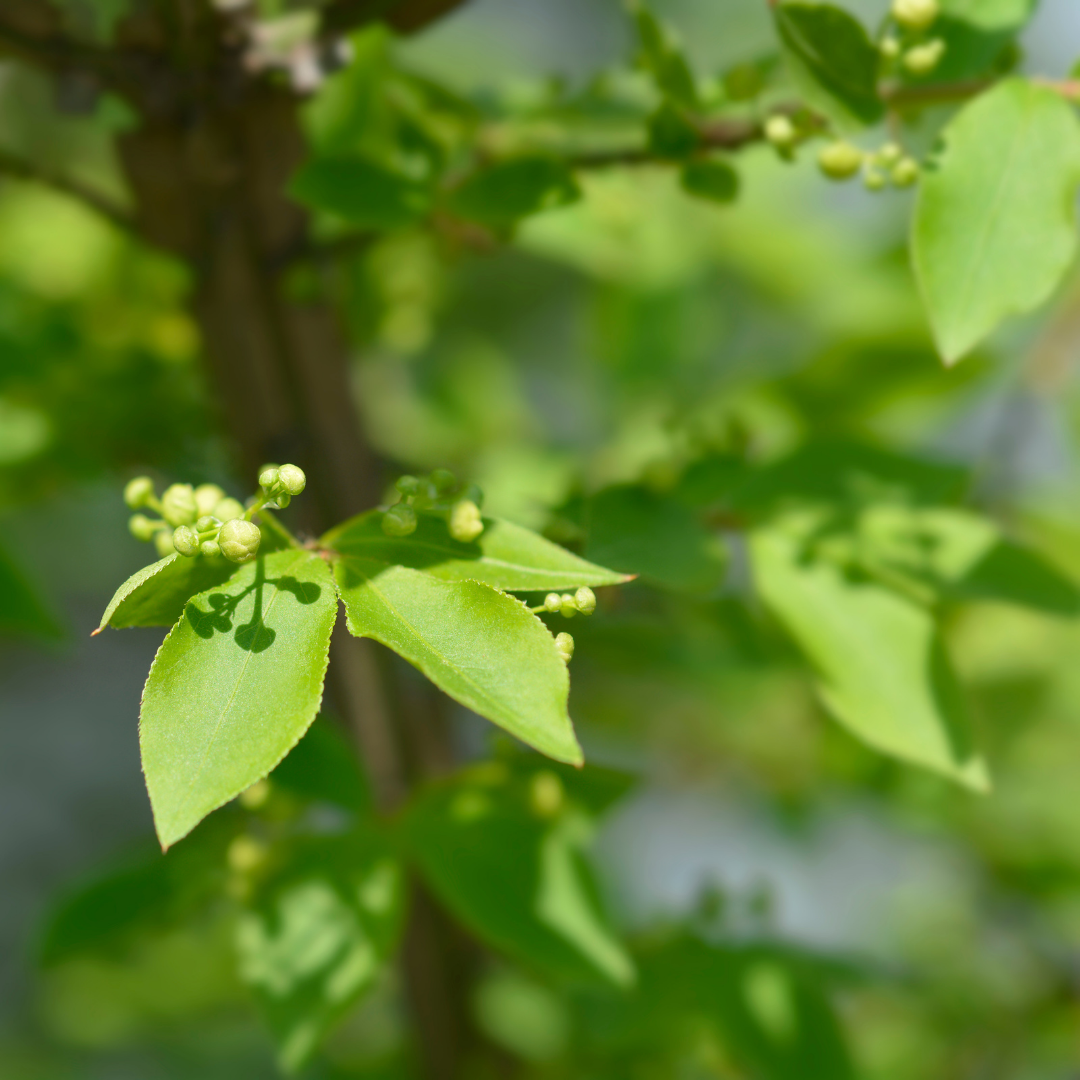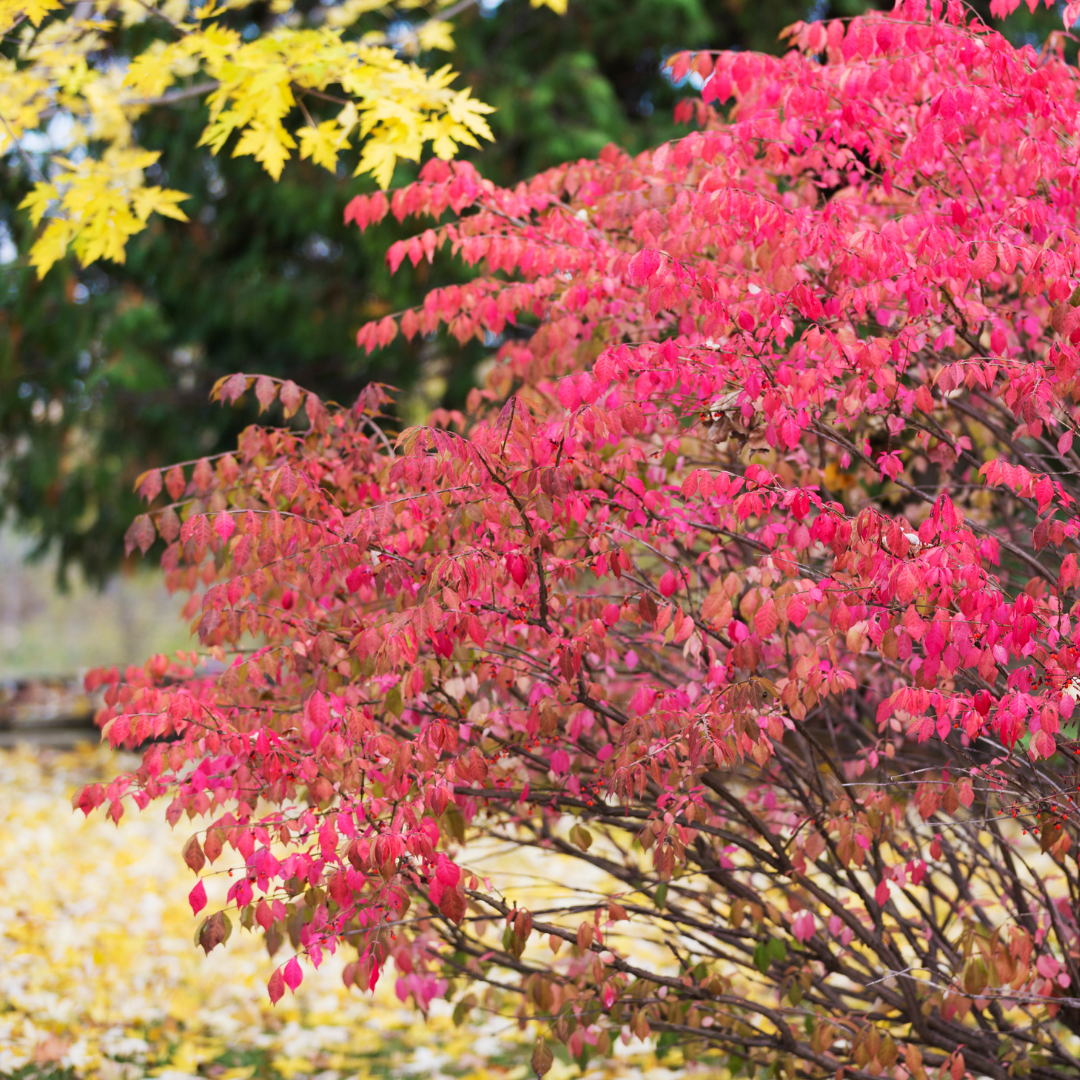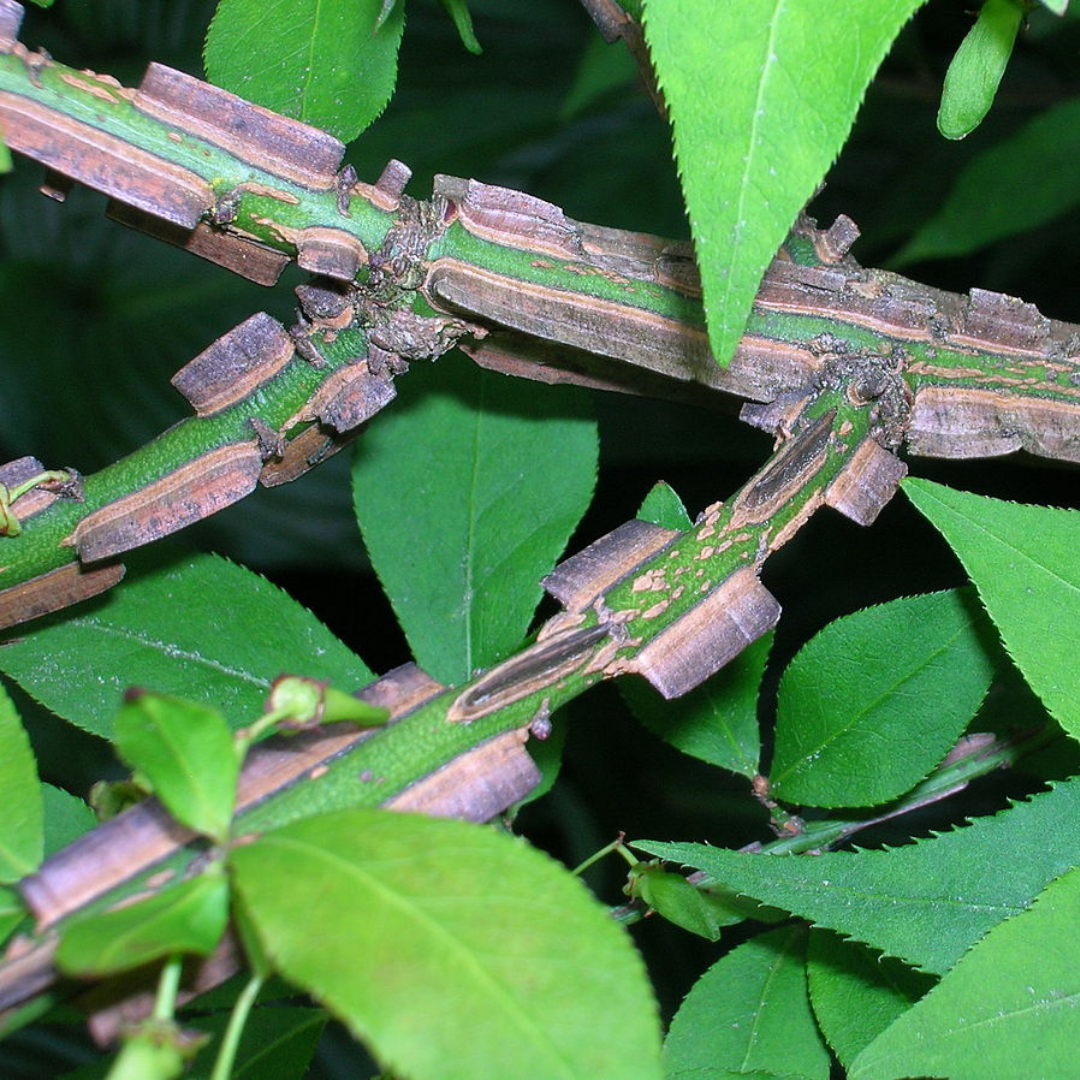Blog
Is It Really an Escape Artist if We Gave It the Key?

by Danie Frevola, Research Ecologist
Many of us are aware of the benefits native landscapes have for the environment. Native plants provide healthy food for wildlife, support a holistic system, and create a natural environment in our urbanized world.
Despite knowing the benefits of native landscaping, many of us still turn to non-natives because for generations we have been encouraged to have the rarest and most unique plants. We shop for flowers and shrubs that are exotic, hard to kill, and deer “resistant” (these plants aren’t truly ‘resistant’; deer stay away because they don’t know what the plant is).
However, these exact criteria we use for landscape shopping has led us to choose plants that easily escape our yards and invade natural environments. For example, imagine a shrub that was chosen for landscaping because of its stunning red foliage, its difficulty to kill (no matter how much we neglect it), and isn’t eaten by deer; now plant this shrub in every yard, along every highway, and at all gas station.
This shrub has just been served the key to escape landscaping on a gold platter. Unfortunately, this is not hypothetical—this is the story of burning bush.

Burning bush (Euonymus alantus), or winged wahoo, was first introduced to the United States around 1860 because of its bright red foliage (hence the name ‘burning’ bush). Since then, people innocently helped the shrub spread far and wide across the eastern United States.
After about 100 years of being incorporated into landscaping, the suburban population was large enough to start creeping into natural forests. And, since deer prefer to browse on native species, the shrub has no predators and has been able to grow unchecked.
A hundred years later, burning bush can be found in forests across half of the country, ranging as far west as Montana and as far North as Ontario.

“But burning bush is so pretty! What’s the harm of having it in the forests?”
Burning bush forms what is called a monoculture, which is very harmful for native biodiversity. A monoculture basically means the plant takes all the resources for itself and no one else can grow near it (talk about not playing well with others…).
Also like many invasives, burning bush produces a ton of seeds—thousands—and the fruits are super tasty for wildlife, but provide very little nutritional value.
Burning bush conveniently produces these sugary delights in the fall, when many birds are trying to fatten up to survive the winter. Birds greedily eat the candy then poop out the seed miles away, successfully creating a new population of burning bush. Any fruit left on the bush drops directly beneath the shrub and quickly grows to form a thicket of burning bush.

We’d all be lying if we didn’t admit burning bush has incredible Autumn foliage. The fiery red color stands out in any landscaping, but unfortunately, it also stands out in the forest's understory.
The dense red thickets decrease sunlight to the forest floor and outcompete native species, decreasing healthy native food sources for wildlife. To help control the spread of burning bush, evaluate your landscaping to see if you have a burning bush shrub (or a few—mom and dad, I’m looking at you).
If you do, consider planting a native alternative such as red-osier dogwood. Red-osier dogwood has bright red woody material that can still add color to your landscaping in the winter. If you have several bushes, try replacing one or two each year. Even replacing one with a native has great benefits!